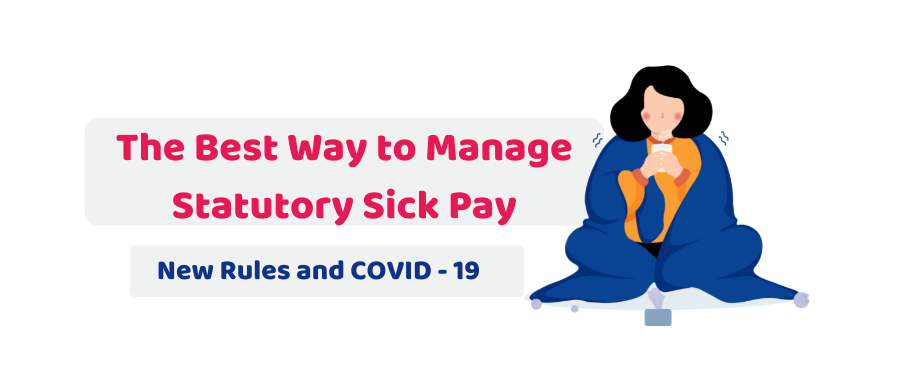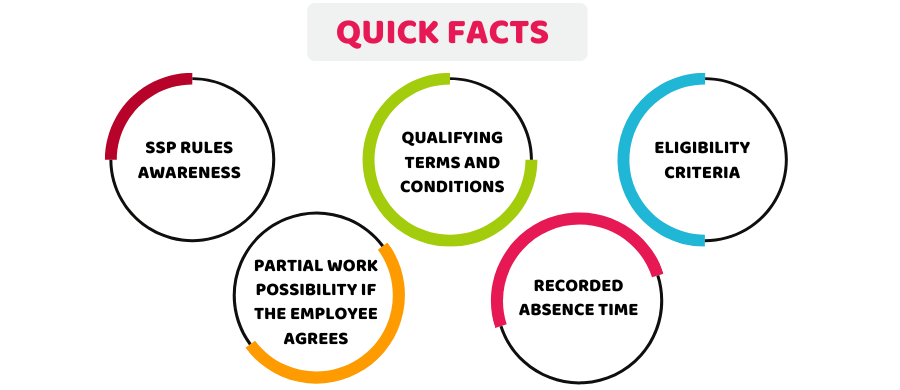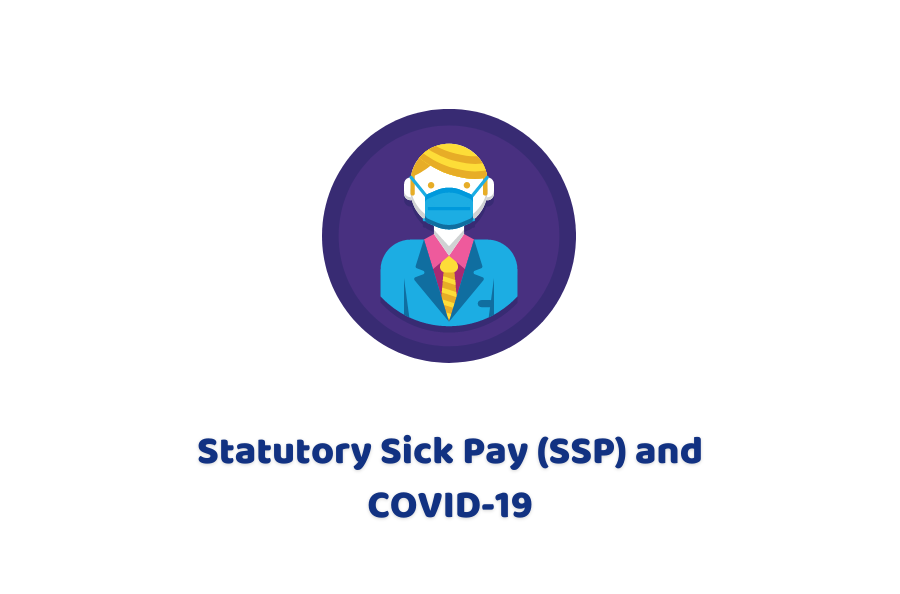
The employer is liable to pay £96.35 every week to an employee who is too sick to work. The extent of sick leave is up to 28 weeks. Due to COVID-19, there is a noticeable change in the clauses of Statutory Sick Pay. Employers must realize the need to understand how the change may affect them. After reopening workplaces for employees to work physically, the risk factor is still alive regardless of the controlled percentage in a number of cases.
If an employee applies for sick leave in relation to COVID-19, HMRC suggests disregarding the initial three days and the employee shall receive Statutory Sick Pay from the very first day. Sick leave of two weeks can be claimed for the affected employee under consideration of Coronavirus Statutory Sick Pay. Those who self isolate are also eligible for this criteria. To claim SSP due to COVID-19, click here.
Reach out to Accounting firms if you seek guidance on Staff Payment Covid-19!
Managing Employees on Furlough:
The employees who are already on furlough due to the covid situation are equally eligible for the criteria and they can apply for Statutory Sick Pay in case they get sick. The employer can claim for SSP and Coronavirus Job Retention Scheme for the same employee but the time should be different in this regard.
It comes under the responsibilities of the employer to decide for the sick employee if he will be kept on furlough rate or to claim SSP for them. Once the sick employees decided to move for SSP, now the employer can’t claim for his furloughed salary. The employer can only claim furlough rates for the employees who are kept in the list of furlough and not moved to SSP.
Contact Accounting firms and get instant help on Furlough Scheme!
Quick Facts to investigate:
The new changes in rules and regulations occur due to the challenging circumstances to handle and affect the less damage to the business world. The same is the case with SSP, it becomes challenging for employers to detect the lies hidden behind the sick leaves of employees.
There are employees who would claim these benefits without actual reasons. Employers need to be alert and detect such cases vigilantly. A list of quick facts to be considered before such leaves get your approval is listed below for you.
- Employees must be well aware of the organization’s rules of sick leaves.
- Qualifying terms and conditions must be well known to the employees and the manager as well to avoid any ugly incidents.
- The requirement of fit notes to know if the employee is actually eligible for the SSP criteria.
- Check the possibility of the worker can partially work to a certain extent if agrees.
- Ensure to record the absence time period of the employee.

In case an employee avails Statutory Sick Pay if he is affected, he will be paid £96.35 every week as per the direction of the UK government. The extent of this leave is 28 weeks. Moreover, the qualifying day is a term used to name the working days of employees which are Monday – Friday usually. It is to be considered by the employer that:
- Affected Employees get paid for the qualifying days.
- The wage rate will remain the same as regular working days.
- Ensure the deduction of insurance and tax as before.
- While the employee is on sick leave, he cannot avail of annual leaves.
SSP Payment:
If the employee is sick for consecutive four days, he is eligible enough to start being paid for Statutory Sick Pay instantly. The four days mentioned above also include the non-working days.
On a day, an employee who has worked even for half an hour cannot be counted in the sick days. In some cases, the employee gets sick while working, the sick day’s count will be starting right after that day he came to work.
The extent to SSP Payment:
Once the time period of 28 weeks is over, the employee is no longer eligible for Statutory Sick Pay. either call the employee back on work or not but this is considered to be the end of SSP payment.
During the leave, it is important for the employer to maintain records of payment. This includes the followings:
- Starting date of sick leave
- Dates of qualifying days
- Written reasons to avail SSP
- National Insurance number of the employee
This will be helpful to sort out the dispute over payments if, by any chance, HMRC will surely look into records for smooth processing.
Contact Accounting firms to learn ways of Good Record Keeping!
Conclusion:
To conclude, we can say that Statutory Sick Pay is equally advantageous for employers and employees in case of urgency when an individual is affected by COVID-19. However, if the case is not dealt with well and professionally, the chances of disputes over payments are high. This could be a reason for a bad reputation in the business.

